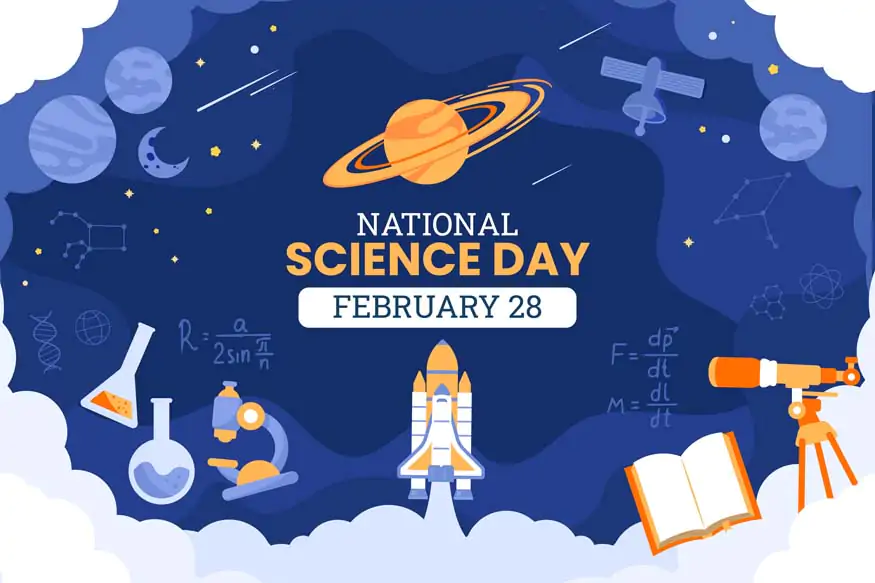


National Science Day is observed in India on February 28th each year. Do you know the history of this day, even though it is celebrated to promote and inspire young people to have an interest in science? On National Science Day, scientists and Nobel laureate CV Raman celebrate his discovery of the "Raman Effect."
This day is celebrated in a variety of ways. On the one hand, the anniversary of the "Raman Effect" is marked by the Government of India honoring scientists who have made contributions to science. Conversely, pupils from all throughout the nation present science projects.
This post will highlight this year's theme and walk you through the brief history and significance of National Science Day.
National Science Day is celebrated today to raise awareness of the importance of science in our daily lives while acknowledging the contributions made by our scientists in the field. But the origin of this day dates back to 28th February 1928, when Chandrasekhara Venkata Raman discovered a path-breaking phenomenon of the scattering photons which was later coined as “Raman Effect”, after his name. He won the noble prize, in 1930, for this remarkable discovery, being the first Nobel Prize for India in the field of Science.
Hence to celebrate this phenomenal discovery, the National Council for Science and Technology Communication (NCSTC) urged the Government of India to designate 28 February as National Science Day. And on February 28, 1987, the first National Science Day was celebrated.
The main objective of celebrating National Science Day is to encourage the Indian youth to develop an interest in and understand the importance of Science. On this day, students from across the country take part in state-level, and national-level competitions to demonstrate their science projects.
The objectives for which National Science Day is celebrated every year can be encapsulated in the following points -
Raman Effect, named after the scientist CV Raman, who made its discovery, is a spectroscopy phenomenon. It describes how the wavelength of light scatters when deflected on a particular object. CV Rama first observed this formula during his trip to Europe in 1921. After this, he wanted to understand the phenomenon that led to the blue colour of the Mediterranean Sea and icebergs.
CV Raman started experimenting with transparent ice blocks, and the light of a mercury arc lamp. He recorded his observations of the changes in wavelength after shining the light through ice cubes.
Thereafter, the Russian physicists Grigory Landsberg and Leonid Mandelstam first observed the effect just a week before Raman. However, their results and observations were published months after Raman’s. Thus, CV Raman was the first one to experiment, and thereafter, publish the results of his path-breaking discovery.
We at MVJ International School have been forming our students into tomorrow's responsible global leaders, thereby influencing the destiny of our country. Through our all-encompassing approach to education, we empower our students to own their abilities. Every year on National Science Day, we urge our science-inclined students to display their talent through project demos and other events planned to commemorate the anniversary of the Raman Effect's discovery!